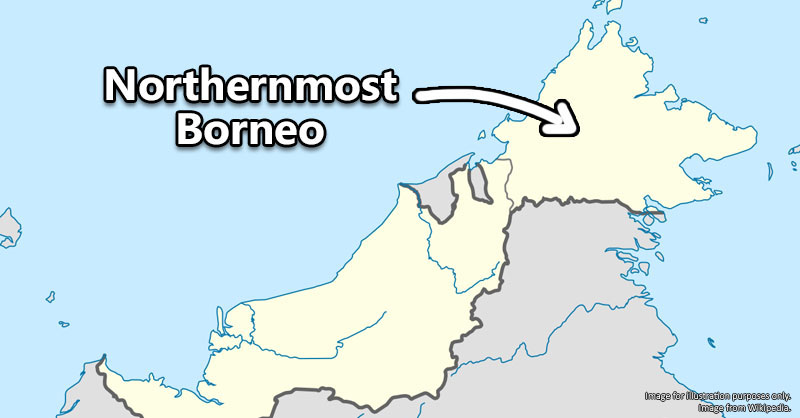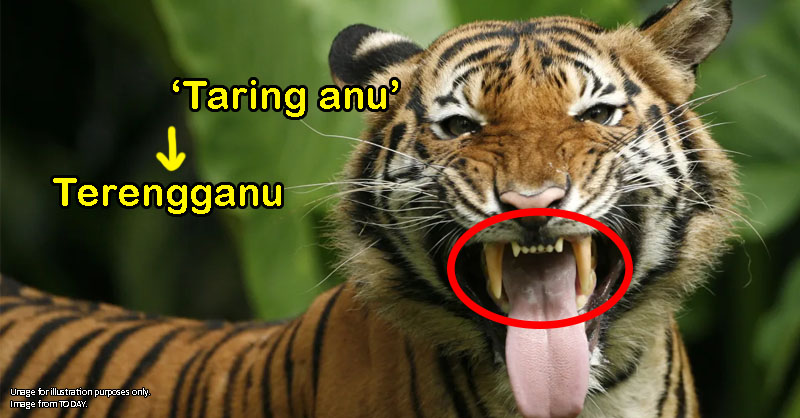7 surprisingly international theories on how Perlis got its name
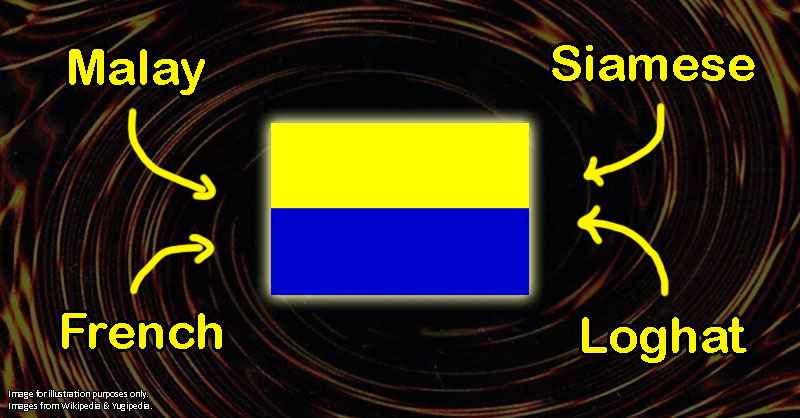
- 91Shares
- Facebook70
- Twitter4
- LinkedIn4
- Email6
- WhatsApp7
For a lot of Malaysians, Perlis is a place of mystery. Like, it’s so far up north it’s basically the end of the line for Semenanjung, and although you know that the ‘Perlis only having 8 people’ thing is a joke, if you haven’t been there yourself, you can’t help but wonder if it’s true.
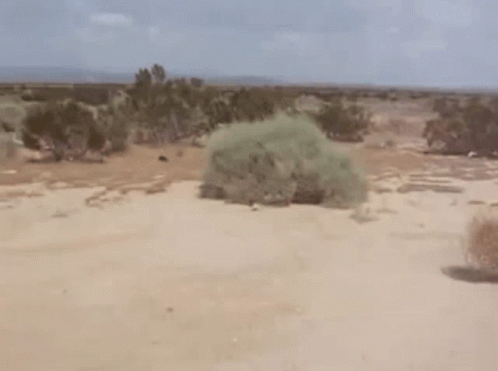
If you have been there, though, you’ll know that it’s a pretty nice place, with scenic mountains and fields visible as soon as you leave any quaint towns in there. You can catch a ferry to Langkawi from here, enjoy some hot snacks while watching the sunset at Kuala Perlis, and if shopping for cheap household items is your thing, then Padang Besar is the place to go. Not so mysterious after all, once you get to know the place.
But there’s one mystery that even those who’ve lived here all their lives might not know the answer to: why is this place called Perlis? As it turns out, no one really knows. Historians have several guesses about it, though, and they’ve been compiled in a neat little paper in a local history journal by Muhamad bin Harun. You can check it out through the link (it’s in Bahasa), but here’s a quick rundown.
Theory 1: Perlis was named after a tree that everyone forgot about
Dato’ Yazid b. Mat, a Perlis historian, hypothesized that there was once a type of tree referred to as Pokok Perlis by the locals, and since Malays have this habit of naming places after trees found at those places (like Melaka, Ipoh, Penang, etc.), the region is named Perlis after these trees. According to him, the theory is not so far-fetched, as the earliest known town in Perlis, Kota Sena, was also named after a kind of tree.
However, there are no trees currently referred to as Pokok Perlis. The original Perlis trees might not have existed anymore in modern times, or even if they did, they might be referred to as something else in modern times and no one recorded or remembered the change. This may be because there’s nothing remarkable about the trees – inedible fruits, or no practical use as materials – so people just ignored them for generations and eventually forgot what they were originally called.
Theory 2: Perlis was a corruption of an administrative term

According to this theory, Perlis used to be known as Kayang, and in the 1700s it was where the Sultan of Kedah’s palace is. In 1798, the Sultan was said to have given the area where Arau (a town in Perlis) is today to his noble son-in-law, and this son-in-law was made the chief and ruled over the place.
Because this place was received from the Sultan, it was referred to as ‘Tanah Peroleh’ (Obtained Land). Over the years, people eventually pronounced Peroleh as Perlis and the name stuck ever since.
Theory 3: Perlis referred to drifted coconuts in Siamese
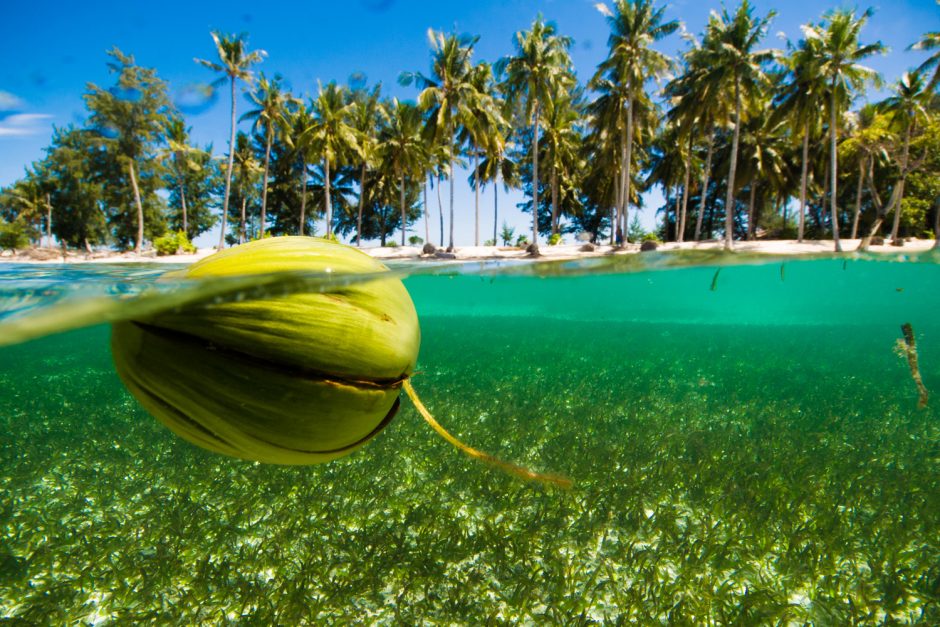
This theory hinged on the fact that Siamese sailing traders frequented Kedah and Malacca in the 15-16th century, and they would often make a pit stop at the beaches of Kuala Perlis, which would often be littered with coconuts that drifted there.
They would then refer to the place as ‘phrao-loi’, which is Siamese for drifted coconuts. The locals would soon pick up the name, and with the local pronunciation, it eventually became Perlis.
Theory 4: Perlis was named after what the soft land does to your feet
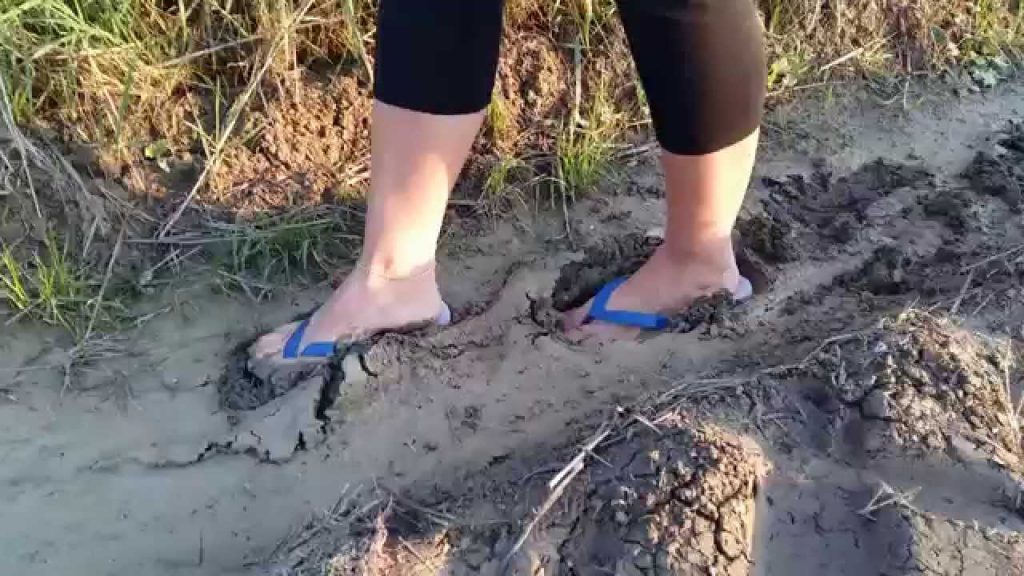
Being a place with so many paddy fields, Perlis has a lot of flat, muddy land. And what happens when you step on deep mud? Your feet will ‘terperlus’ into the mud, or sink into it.
‘Perlus’ is the Malay word for when your foot suddenly enters a hole in the ground or sink into soft ground while walking, and if you say it ten times fast in the northern dialect (kinda sounds like per-ghe-lu-eeh), you’ll end up with a word that sounds a lot like Peghelih, or Perlis in standard Malay.
Theory 5: Perlis was named after a famous comedian
In the olden days, travelling performers were quite popular, and often (especially for actors and comedians), these people are called ‘peran’. One such famous peran in those days was a man called Salleh, and it was said that he would often perform in other states as well.
Malays have a tendency to shorten names as a kind of affection, and Peran Salleh would eventually be referred to adoringly by his fans as Peran Leh. His fame was such that people in other states would come to refer to Perlis then as the state where Peran Leh hailed from, and called it Negeri Peran Leh. Negeri Peranleh. Negeri Peraleh. Negeri Perlis.
Right. On to the next theory.
Theory 6: Perlis was named after a specific kind of stone
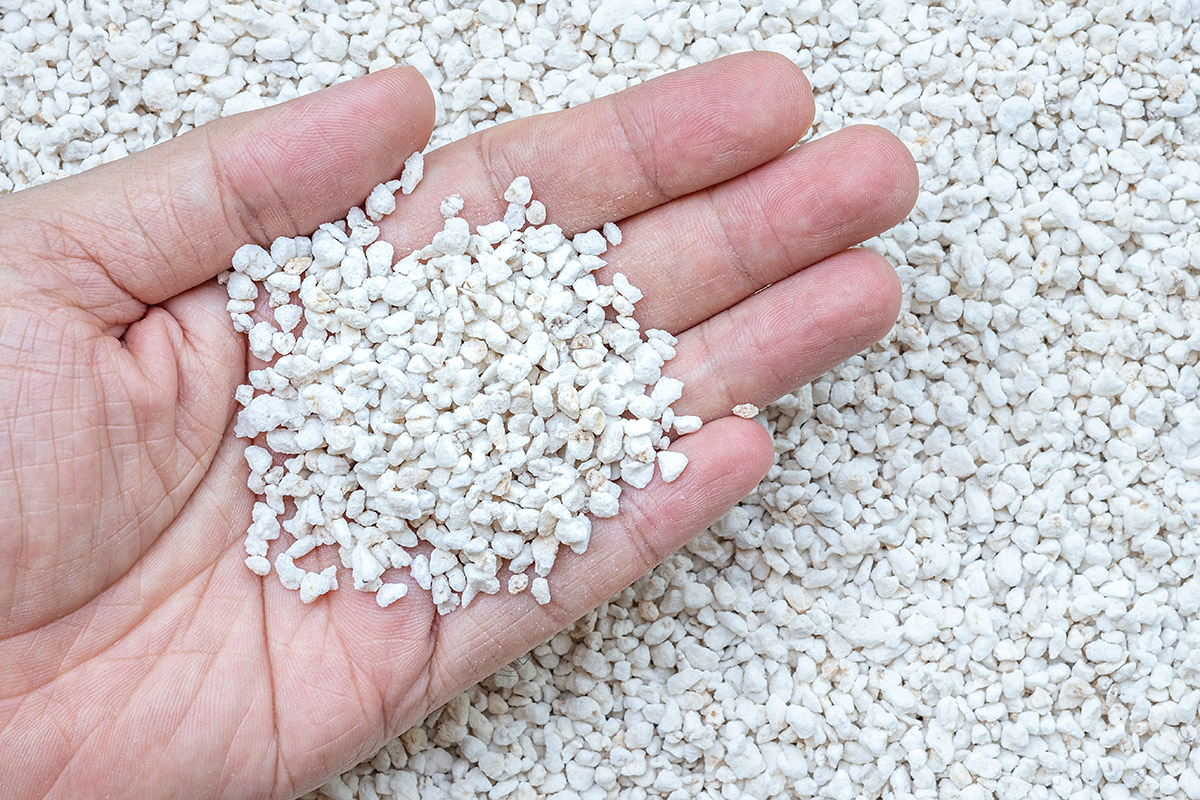
As claimed by some sources, there is a prominent stone near the mouth of the Perlis River, referred to as ‘perlite’ by the French, meaning ‘rock’ in their tongue. People keep referring to this place as perlite and over time, it got corrupted to Perlis. It may sound far-fetched, but according to a source, it’s not that implausible as there is evidence of a distant French connection for the state that goes all the way back to the 1780s.
However, this theory still feels awkward to us for several reasons. For one thing, the French words for rock and stone are ‘pierre’ and ‘rocher’, and not perlite. However, Perlite (pierre perlée in French) is a legit stone type, but the story still doesn’t make sense, as perlite is formed through volcanic activity, and Perlis’s stones and caves are usually limestone. We may be missing something here, but as far as theories go, this one’s a bit sus.
Theory 7: Perlis is named after some random guy
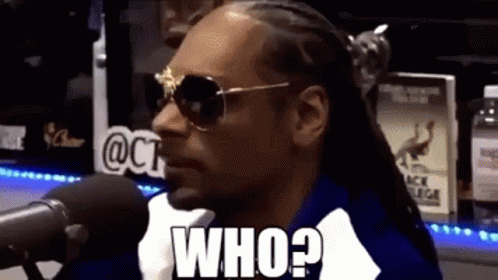
According to some versions, Perlis was named after someone called ‘Tok Perlis’, but nobody can recall who this person was, what his status was, or what he did to get the state named after him. That’s basically the whole theory.
So which theory do you feel is the most plausible? Let us know, and if you want to discover more interesting origins of our states’ names, pick one from the list below!
Kedah | Terengganu | Kelantan | Perlis | Johor
Selangor | Penang | Perak | Pahang | Malacca
Negeri Sembilan | Sabah | Sarawak | Federal Territories
- 91Shares
- Facebook70
- Twitter4
- LinkedIn4
- Email6
- WhatsApp7

